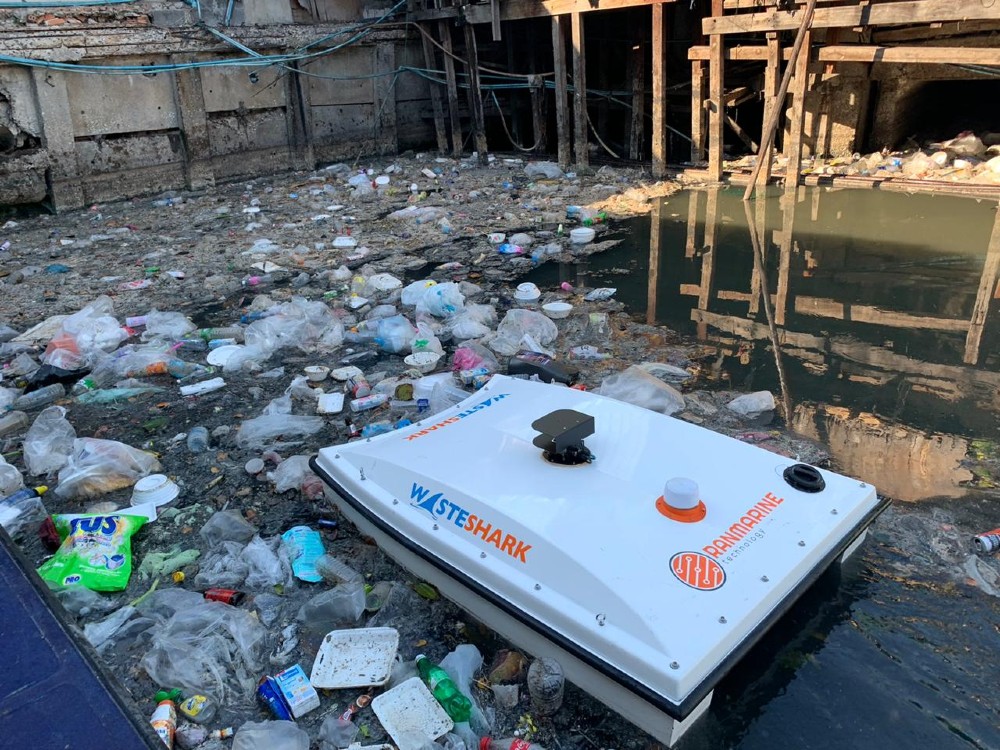today we’re talking about a new way to keep rivers and other waterways clean – by drone!
It’s a device from Denmark known as the WasteShark, and it pretty much works the way robotic vacuum cleaners work on land: it roams through the water, scoops up floating debris and brings it back to its docking station before recharging itself.
That technology has actually been around for some time now, but now there’s something new: the WasteShark is now going to have a companion drone that flies overhead to spot garbage.
It uses cameras and artificial intelligence to tell when, say, there’s a plastic bag floating on the water’s surface.
Then, it tells the drone in the water where to go to pick it up.
That makes the process more efficient, but there’s more.
The flying drone knows what an oil spill looks like – and when it spots one, it can send the WasteShark to clean that up, thanks to a special filter.
In time, we could have drones quickly and efficiently keeping waterways clean.
And because they can identify the types of trash, they could also collect data on which types of garbage are showing up in the waterway.
Then, people can work on specific policies or public campaigns to address them.
Which is way better than what I thought of: having the swimming drone spin around really fast and cause what I call a WasteSharknado.
Let’s spend a little time looking at a project that’s taken a long time.
Day after day after day, photographer Nancy Floyd has taken self-portraits and other images, framed and structured the same way each time, to show how things change over the years.
She’s releasing a volume of her work, called Weathering Time which has thousands of photos taken over decades.
Talk about playing the long game.
These drones look for trash in waterways—and then send sailing drones to clean it up (Fast Company)
Our Patreon backers make this show happen, day after day
Photo via RanMarine Technology

